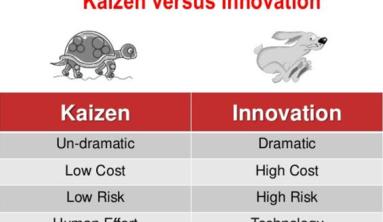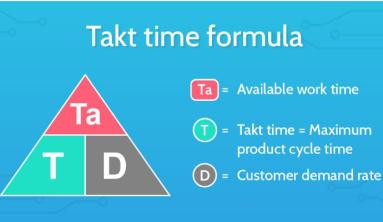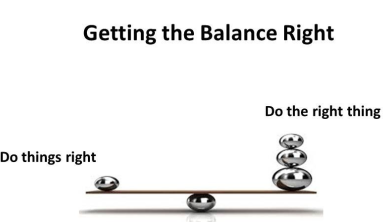If you have asked your employee to do more with less, you are not alone. As organizations laid off and furloughed workers, they also struggled to keep revenue streams open. That meant doing as much work as possible with as few resources as possible. Recent research shows that the effect on employees has been stacking up and has likely created an unsustainable situation.
The research, conducted by VitalSmarts, indicates that 59% of employees have experienced either a reduction or a restructure that changed the dynamic and size of their team. These changes have left people feeling overwhelmed and disengaged.
According to the study of 1,292 people, 82% feel that when their teams are restructured or reduced, the workload isn’t reduced; rather, people are just asked to do more with less. Specifically, the top 5 consequences people have experienced following team changes include:
- Taking on more work in addition to their current responsibilities (20%)
- Working longer hours (17%)
- Losing energy and engagement in their work (16%)
- Moving so quickly that they’ve lost sight of what their priorities are (14%)
- Feeling their “real work” has drowned in a sea of other people’s urgent tasks (13%)
The data also indicate that even for those who have avoided a reduction or restructure, life at work still feels harder than ever. The most common challenges people are facing—regardless of changes to their team—range from a lack of focus and increased mental clutter to an unusual amount of anxiety and feelings of being overwhelmed to not enough time to an overflowing e-mail in-box.

A Lack of Productivity Skills Compounding the Problem
Ultimately, researchers say the biggest concern is that people appear to lack the key productivity skills that will help them successfully navigate their workload when they’re asked to do more with less. Specifically, people struggle the most to:
- Say “no” when they’ve hit their project threshold (52%)
- Negotiate their workload as needed (34%)
- Manage urgent requests so they don’t take over their to-do list (29%)
- Confidently renegotiate commitments and expectations with their manager (29%)
- Take time out of the week to review work projects and tasks and make plans (27%)
The combination of being asked to do more with less and a lack of productivity skills that could help manage an increased workload is creating a challenging situation.
Justin Hale, researcher at VitalSmarts, says, “COVID-19 has pushed the pace and intensity of work to unsustainable levels,” adding, “When you feel you have more to do than you can realistically accomplish, being stressed and overwhelmed is only natural. Individuals who don’t learn a few key strategies to manage their workload and renegotiate their commitments are headed for an epic burnout.”
Concerns that this might happen did arise early during the outbreak, and some organizations took appropriate action. The top five actions leaders have implemented in the wake of a restructure or reduction include:
- Enabling team members to take time off as needed or requested to stay mentally clear and engaged (18%)
- Encouraging or supporting people in saying no to work that is not critical (12%)
- Cutting back on meetings (12%)
- Finding creative ways to engage overwhelmed team members (10%)
- Creating a clear vision for the most important/critical work (9%)
Hale says these changes to the way we are being asked to do work are helpful but ultimately not enough. It’s up to individuals to learn how to manage their workload.
“The key to doing more with less isn’t about working longer, faster, or harder,” says Hale. “It’s not about just doing more. It’s about doing more of the right things and finding ways to renegotiate or reprioritize less critical tasks. It’s about working smarter, not harder.”
5 Skills to Do More with Less Time and Fewer Resources

Hale provides a few key skills for approaching a workload that feels overwhelming and unmanageable.
1. Collect everything that owns your attention. Capture all commitments, tasks, ideas, and projects in an external place rather than keeping them in your head. Use a few “capture tools” you keep with you all the time, such as lists, apps, e-mail, etc.
2. Do a commitment audit. Capture all of your commitments on one page. Then, go down the list and decide which to-dos you will do, which you’ll decline, and which you’ll renegotiate. There’s no way you can do them all in the time given; be realistic about what you can and will do.
3. Identify next actions. Most people are overwhelmed by their lists because they are filled with vague things like “Budget” or “2020 Event.” These large projects repulse us rather than motivate us to act. Clarify your to-dos down to the very next action—the smallest behavior you’ll take to start moving toward closure. Sometimes, the key to breaking a habit of procrastination is making the action smaller until you want to do it.
4. Do more of the right things by reflecting in the right moments. Rather than diving into your messy in-box first thing, take 2 minutes to review your calendar and action lists. This reflection ensures you make the best decisions about how to use your time.
5. Review weekly. Keep a sacred, nonnegotiable meeting with yourself every week to re-sync, get current, and align your daily work and projects with your higher-level priorities.
Via HR Daily Advisor





